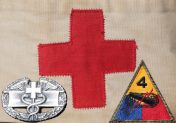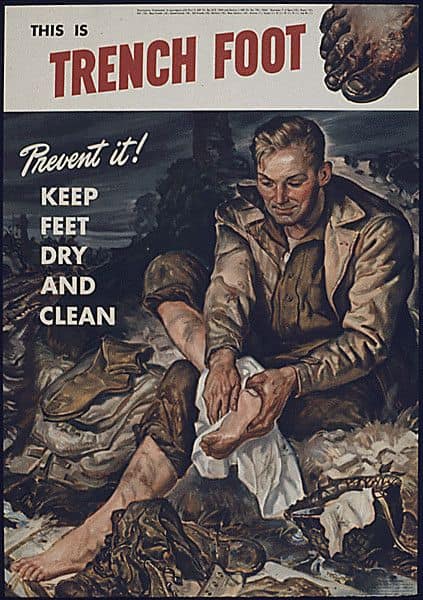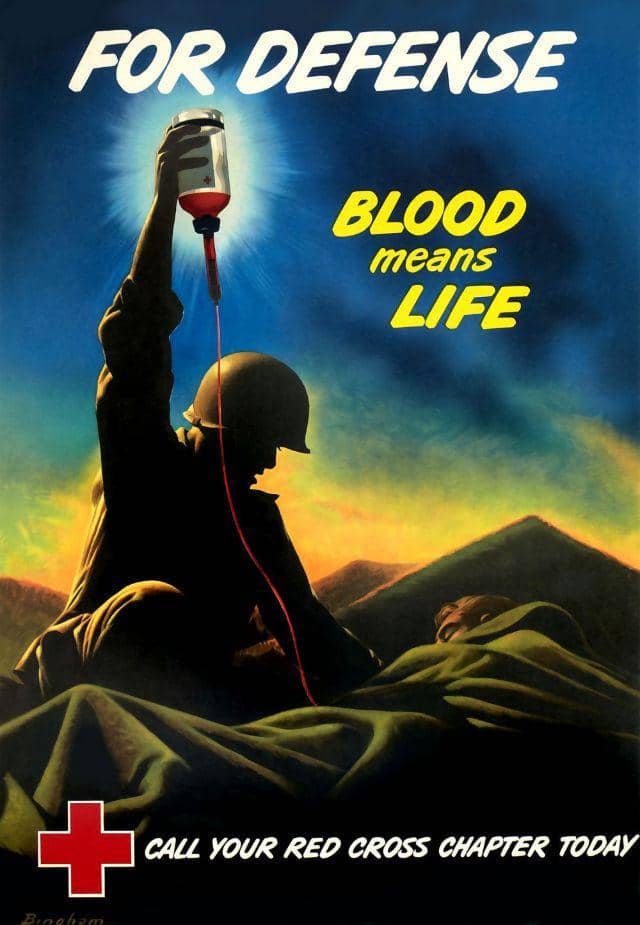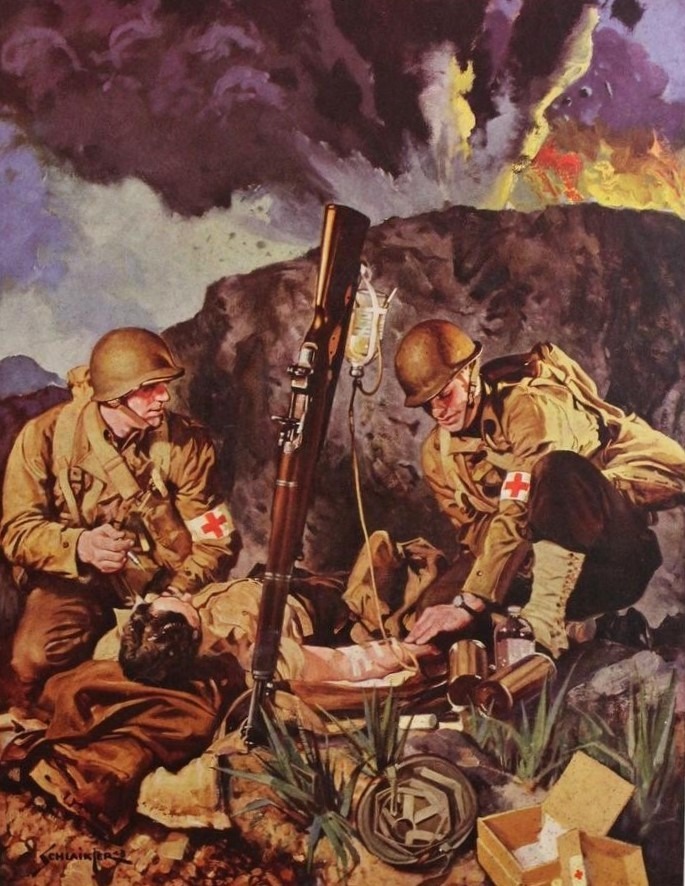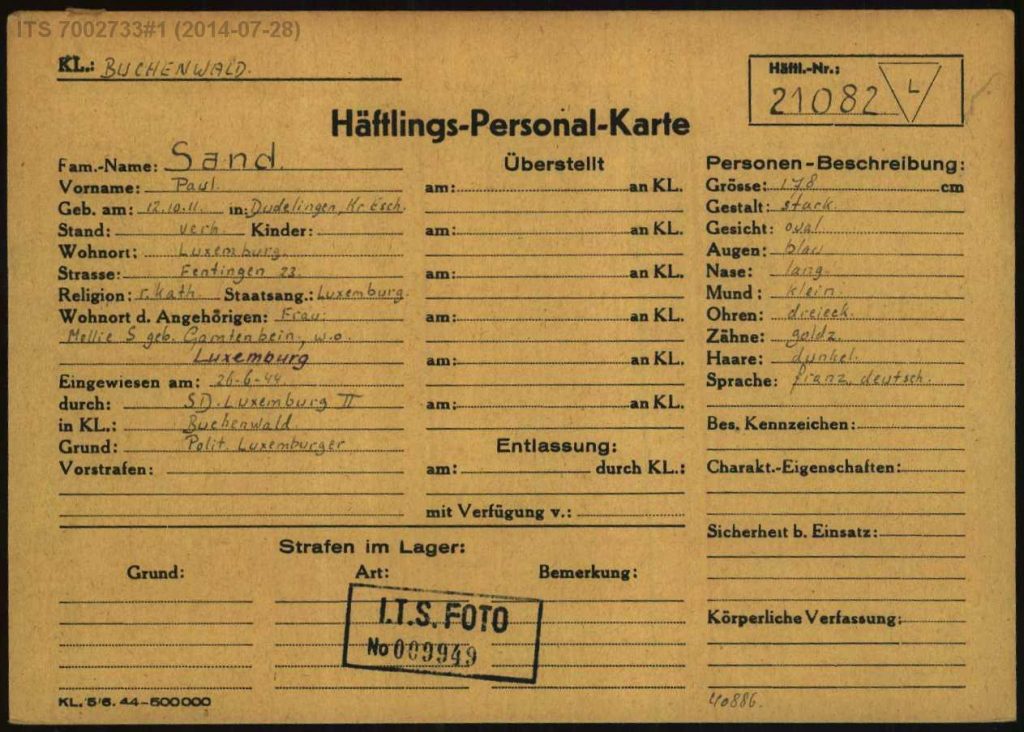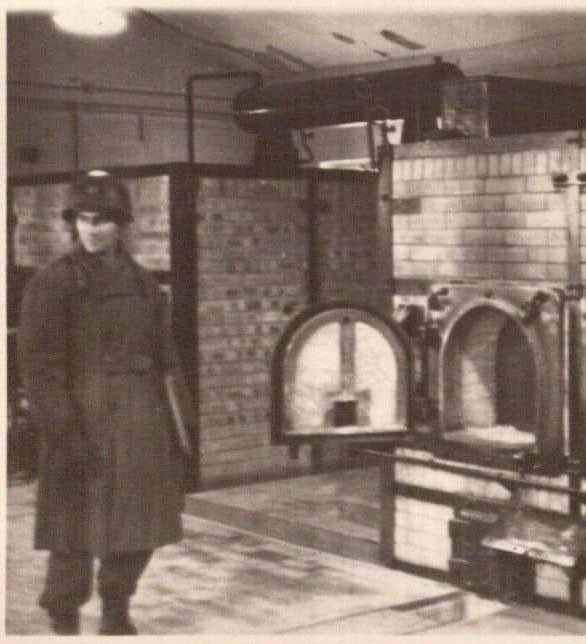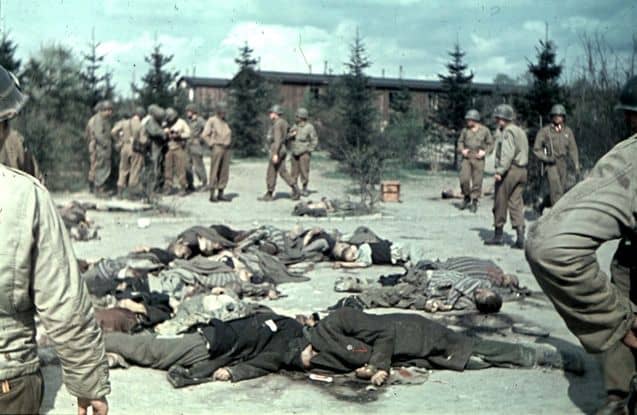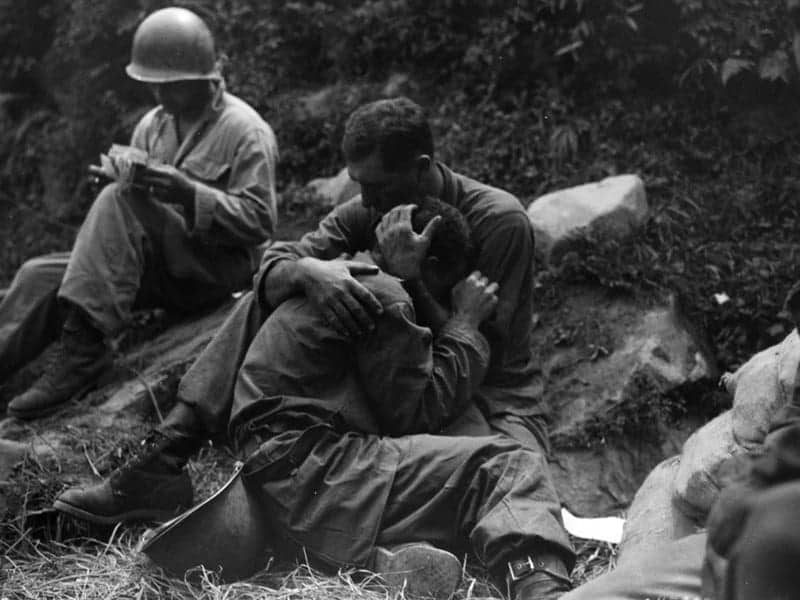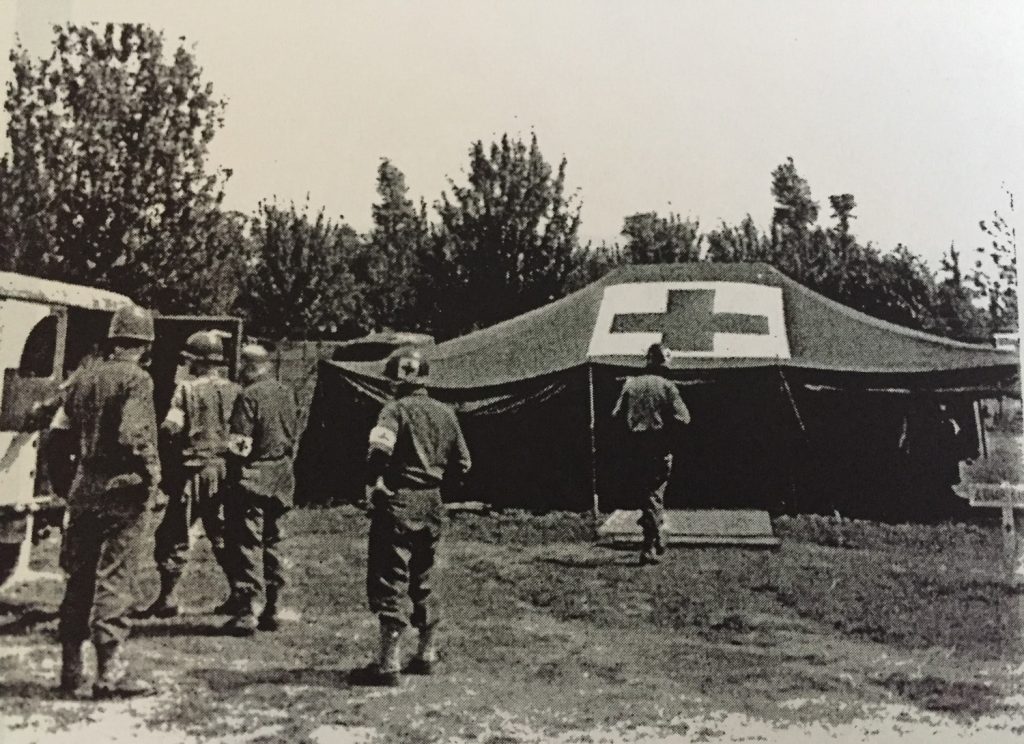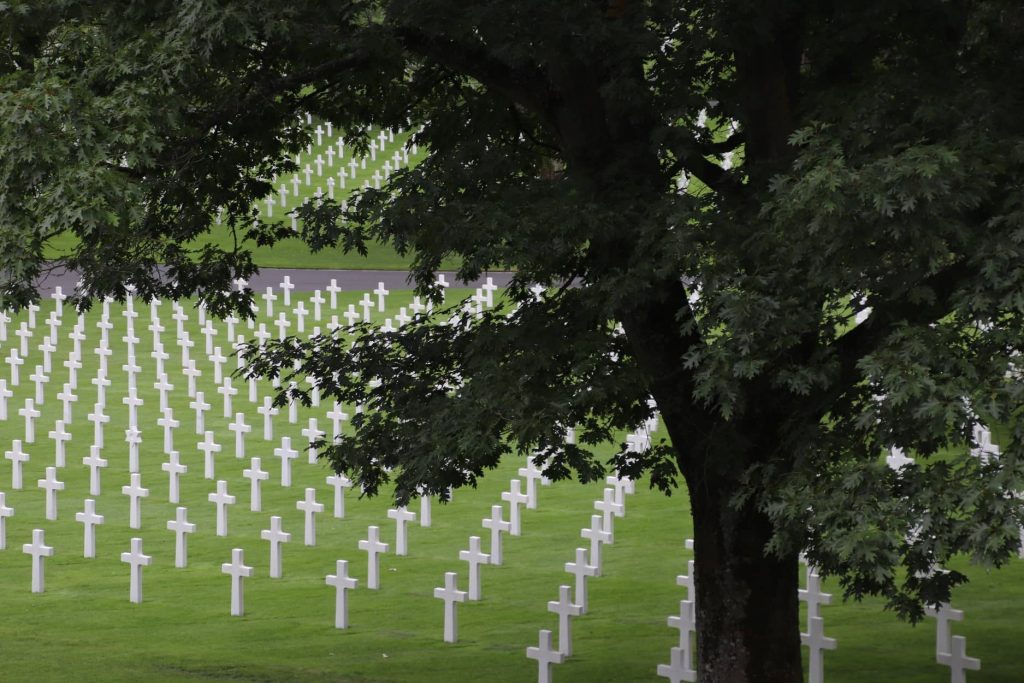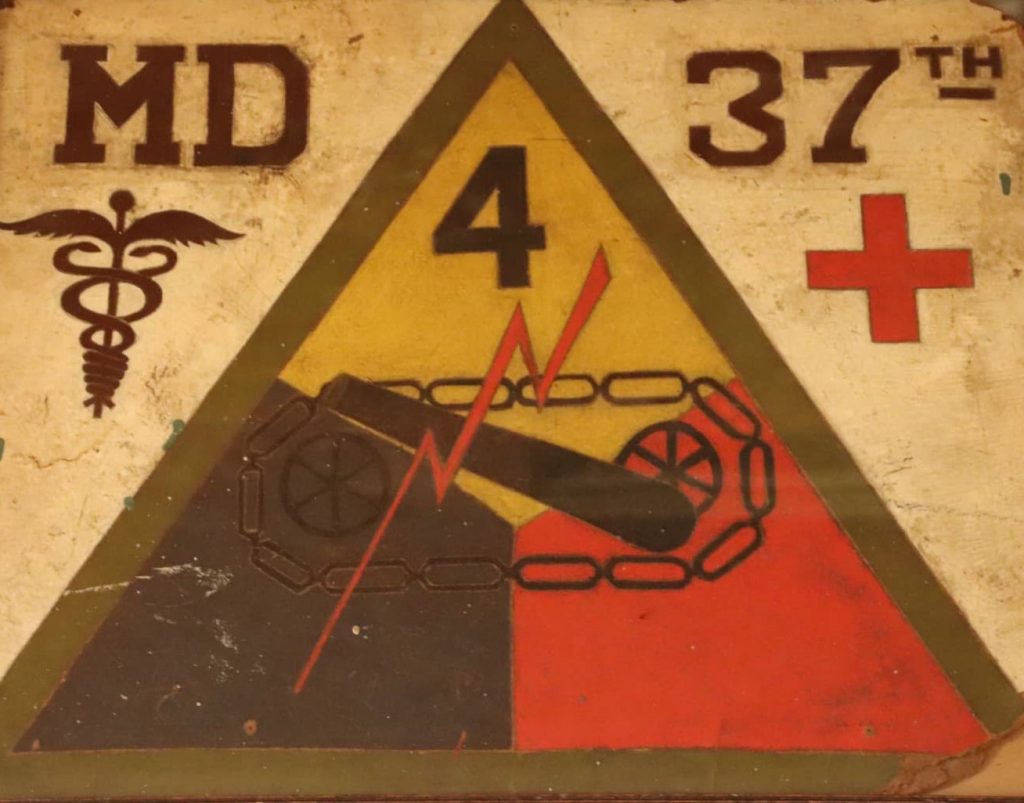Trench foot and Frostbite epidemic in the ETO
The US Army in the European Theater of Operations (ETO) faced a tragic epidemic in the fall and winter of 1944/1945. Casualty numbers in this epidemic range from 46,000 – 71,000 soldiers (depending on whether only “pure” cold injury casualties are counted or casualties with other medical problems AND cold injury are counted). If we […]
Trench foot and Frostbite epidemic in the ETO Read More »
